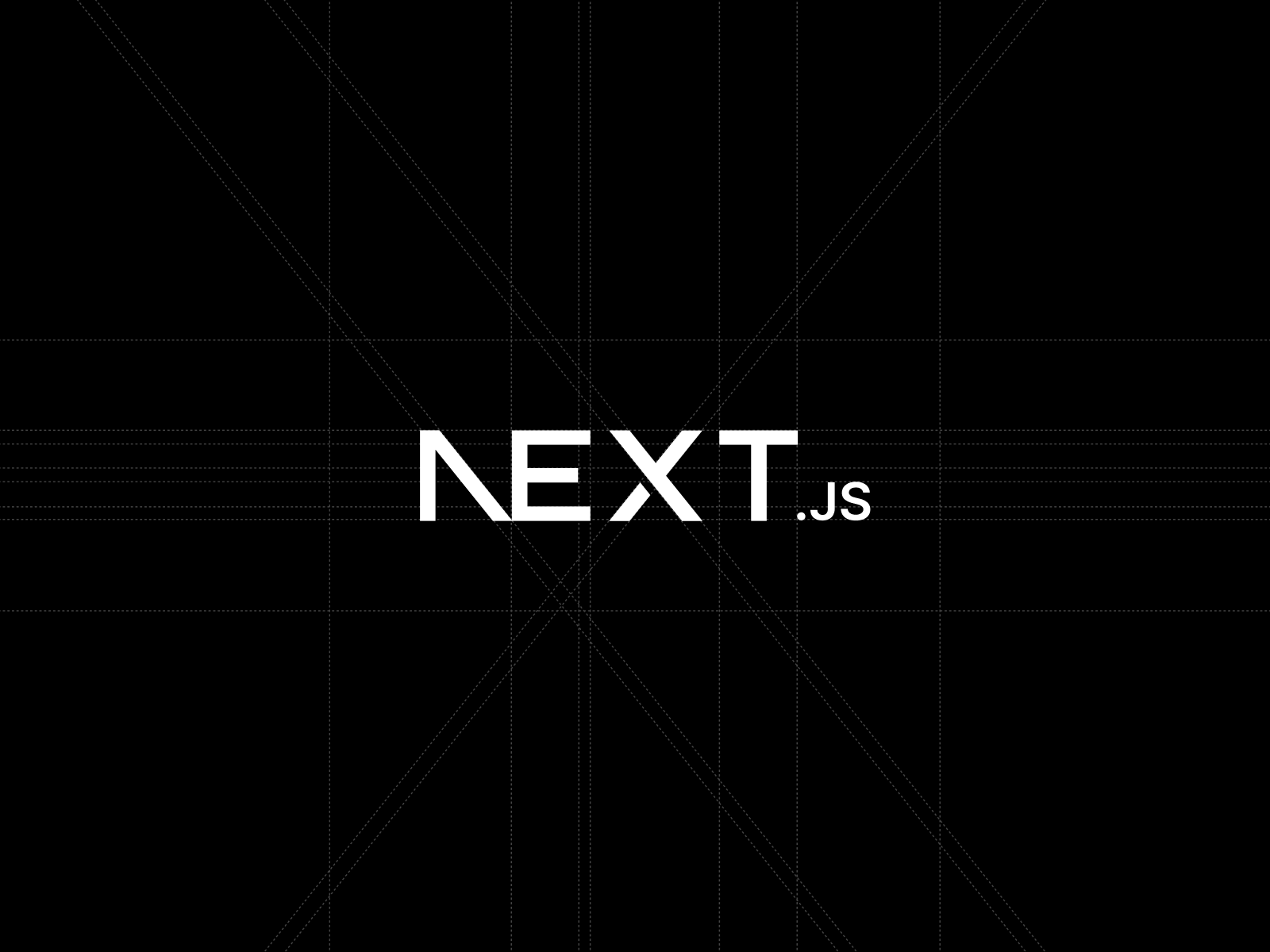The Object Classifier project uses a combination of TensorFlow.js, COCO-SSD model, React, and Tailwind CSS to detect and classify objects in real-time using a webcam. This documentation will guide you through the setup, code structure, and key functionalities of the project.
Checkout live demo here
- Node.js installed on your machine.
- A package manager like npm or yarn.
-
Clone the Repository:
git clone https://github.com/atharvaarbat/Live-Object-classifier-tensorflow.git cd Live-Object-classifier-tensorflow -
Install Dependencies:
npm install
-
Start the Development Server:
npm run dev
The project consists of the following key components:
-
Webcam and Canvas:
- Used to capture real-time video and display detection results.
-
Buttons and Dropdown:
- Start and stop detection buttons.
- A dropdown to select detection frequency.
-
Object List:
- Displays the detected objects with their class, confidence, and position.
The COCO-SSD model is loaded using TensorFlow.js in the useEffect hook:
useEffect(() => {
const loadModel = async () => {
const net = await cocossd.load();
setNet(net);
};
loadModel();
}, []);Detection is controlled using setInterval and clearInterval functions:
const startDetection = () => {
if (net) {
const intervalId = setInterval(() => {
detect(net);
}, detectionFrequency);
setDetectionInterval(intervalId);
}
};
const stopDetection = () => {
if (detectionInterval) {
clearInterval(detectionInterval);
setDetectionInterval(null);
}
};The detect function performs object detection and updates the canvas with bounding boxes:
const detect = async (net) => {
if (
typeof webcamRef.current !== "undefined" &&
webcamRef.current !== null &&
webcamRef.current.video.readyState === 4
) {
const video = webcamRef.current.video;
const videoWidth = webcamRef.current.video.videoWidth;
const videoHeight = webcamRef.current.video.videoHeight;
webcamRef.current.video.width = videoWidth;
webcamRef.current.video.height = videoHeight;
canvasRef.current.width = videoWidth;
canvasRef.current.height = videoHeight;
const obj = await net.detect(video);
setObjects(obj);
const ctx = canvasRef.current.getContext("2d");
drawRect(obj, ctx);
}
};
